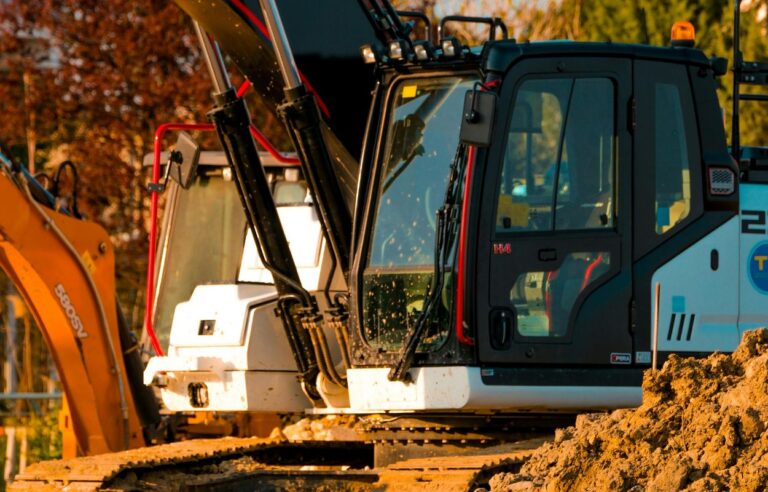
Asbestos is one of those things people have heard about, but few actually understand. It has a long history of use in construction, insulation, and even household products. But over time, researchers discovered something troubling—exposure to asbestos fibers can cause serious health issues. Despite being banned or restricted in many countries, asbestos still lingers in older homes and buildings, making it a topic that homeowners, contractors, and even renters need to be aware of.
In this guide, we’ll break down the different types of asbestos, their risks, and what you should do if you suspect asbestos in your home or workplace.
WHAT IS ASBESTOS?
Asbestos is a naturally occurring mineral made up of tiny fibers that are incredibly durable and heat-resistant. These qualities made it a popular material for insulation, flooring, roofing, and even automotive parts. However, the same fibers that made asbestos useful also make it dangerous. When disturbed, asbestos fibers become airborne, and inhaling them can lead to serious respiratory diseases.
THE DIFFERENT TYPES OF ASBESTOS
Not all asbestos is the same. There are six different types, but they fall into two main categories: serpentine and amphibole asbestos. Let’s take a closer look at each type.
Chrysotile (White Asbestos)
This is the most common type of asbestos and is found in about 90% of asbestos-containing materials. It has long, curly fibers and was widely used in roofing, ceilings, walls, and flooring. While some believe it’s less harmful than other types, exposure can still lead to lung diseases, including mesothelioma and asbestosis.
Amosite (Brown Asbestos)
Amosite is often found in cement sheets, insulation boards, and ceiling tiles. It has straight, brittle fibers that easily break apart, making it more dangerous when disturbed. Because of its high risk factor, amosite is one of the more concerning types of asbestos.
Crocidolite (Blue Asbestos)
Crocidolite is considered the most dangerous form of asbestos. It has thin, needle-like fibers that easily become airborne. This type was used in steam engines, pipe insulation, and some spray-on coatings. Even short-term exposure to crocidolite has been linked to severe health conditions.
Tremolite, Actinolite, and Anthophyllite
These three types are less commonly used in commercial products, but they can still be found in insulation, talc products, and even some paints. They have similar health risks as the more common types of asbestos and should always be handled with caution.
WHY IS ASBESTOS DANGEROUS?
You can’t see or smell asbestos fibers in the air, which makes them even more hazardous. When inhaled, these tiny fibers become lodged in the lungs, leading to diseases that may not appear until decades later. The main health risks associated with asbestos exposure include:
Asbestosis: A chronic lung disease that causes scarring and breathing difficulties.
Lung Cancer: Asbestos exposure is a major cause of lung cancer, particularly in people who smoke.
Mesothelioma: A rare but aggressive cancer that affects the lining of the lungs and abdomen.
The scary part? Asbestos-related diseases often don’t show symptoms until 20 to 50 years after exposure.
WHERE CAN YOU FIND ASBESTOS?
If you live in an older home or work in an older building, there’s a chance asbestos is present. Common places where asbestos might be hiding include insulation around pipes and ducts; vinyl flooring tiles and adhesives; popcorn ceilings; cement roofing and siding; brake pads and clutches in older vehicles; and fireproofing materials.
If you’re planning renovations or demolitions, it’s crucial to check for asbestos before disturbing any materials.
WHAT SHOULD YOU DO IF YOU SUSPECT ASBESTOS?
If you think asbestos is present in your home or workplace, don’t panic. The best thing to do is leave it alone. Asbestos is only dangerous when disturbed. If it remains intact, it won’t release harmful fibers into the air.
However, if you’re dealing with damaged asbestos materials or planning renovations, you should call professionals who specialize in asbestos abatement in Port Alberni. They have the training and equipment to remove asbestos safely, ensuring that you and your family stay protected.
DIY ASBESTOS REMOVAL: WHY IT’S A BAD IDEA
You might be tempted to remove asbestos yourself to save money, but this is a huge risk. Without proper training and protective gear, you could expose yourself and others to airborne fibers. Even a small amount of asbestos dust can be harmful. That’s why hiring an expert in asbestos abatement in Port Alberni is the safest choice.
FINAL THOUGHTS
Asbestos might seem like an old problem, but it’s still a serious issue in many homes and buildings. Knowing the different types of asbestos and their risks can help you make informed decisions about your safety. If you suspect asbestos in your home, don’t take chances—consult with professionals to handle the situation properly.
When it comes to asbestos, knowledge and caution are your best defenses. Stay informed, stay safe, and always seek professional help when needed.



